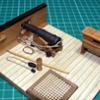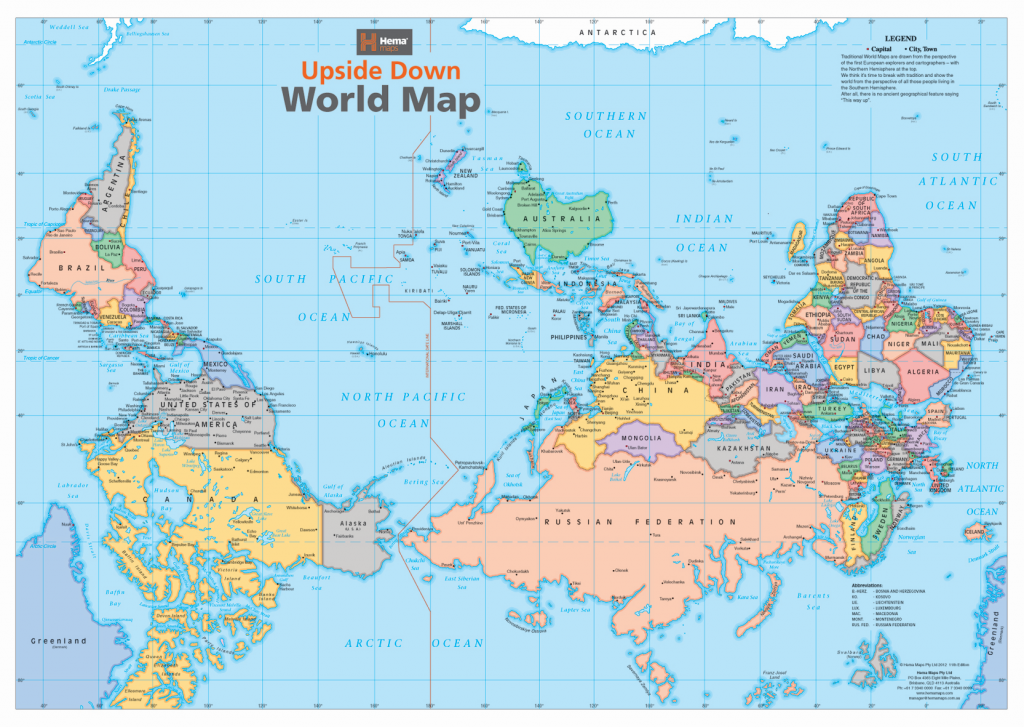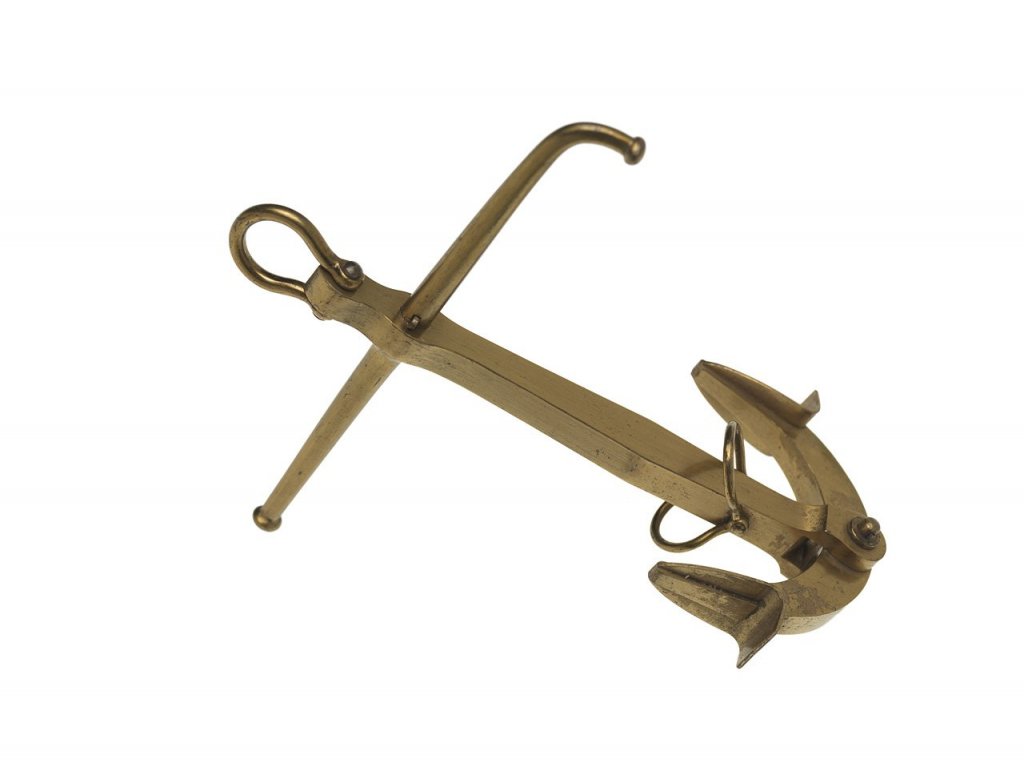-
Posts
5,935 -
Joined
-
Last visited
Content Type
Profiles
Forums
Gallery
Events
Everything posted by BANYAN
-
Ed your workmanship is masterful and level of detail astounding at such a scale. This model is QUALITY! cheers Pat
- 3,618 replies
-
- young america
- clipper
-
(and 1 more)
Tagged with:
-
Superb work Amelio cheers Pat
-

Hanging lifebelts
BANYAN replied to RPaul's topic in Discussion for a Ship's Deck Furniture, Guns, boats and other Fittings
Pavel, they would of been on a hook of some sort; lashing them in any form would defeat the purpose of being able to quickly deploy them. cheers Pat -
Very nice work with the hull Greg, that plating effect showing the 'ribs' looka great. cheers Pat
- 1,090 replies
-
- showcase models
- vendetta
-
(and 2 more)
Tagged with:
-

HMCSS Victoria 1855 by BANYAN - 1:72
BANYAN replied to BANYAN's topic in - Build logs for subjects built 1851 - 1900
Thank Mark, appreciated! cheers Pat- 1,004 replies
-
- gun dispatch vessel
- victoria
-
(and 2 more)
Tagged with:
-
Hi all, I have been following from up in the nose-bleeds seats If I was to pop down for some 'mother's milk' I don't think I could get back to my seat again - any room down in the 'posh' seats? For OC - you have the wrong perceptive view mate :-This is how we see it Very nice builds BTW. cheers Pat
- 1,090 replies
-
- showcase models
- vendetta
-
(and 2 more)
Tagged with:
-
Hi Danny, my first post in your build log but I do check in regularly. What you are achieving here in card is extraordinary - very nice work indeed. cheers Pat
-

variable height desks
BANYAN replied to bigcreekdad's topic in Modeling tools and Workshop Equipment
I have a fully height adjustable desk I use as a model making table - not one of those adjustable computer things that sit on top of a desk. I have found it invaluable when working on different parts of the ship as I can adjust the height for better access and closeness of the work; especially for rigging. One word of caution - make sure you have a little room at the back (and/or sides) as when you adjust it up it may snag on anything on the wall etc (learned the hard way ) . Oh, and if you have an overhead hanging light .... If you can walk right around it (if you have the space) it is an even greater asset. One member even built a purpose designed (self-designed) height adjustable desk with a top that also tilted - can't remember the build log though. cheers Pat -

ancre Chebece 1750 by Jeronimo - FINISHED
BANYAN replied to Jeronimo's topic in - Build logs for subjects built 1501 - 1750
Now that I have picked my jaw back up from the floor - simply MAGNIFICENT Karl. Those carvings really compliment your work on the planking and framing. A truly stunning mode. cheers Pat -

HMCSS Victoria 1855 by BANYAN - 1:72
BANYAN replied to BANYAN's topic in - Build logs for subjects built 1851 - 1900
Thanks Carl and Druxey; appreciate the feedback and encouragement. cheers Pat- 1,004 replies
-
- gun dispatch vessel
- victoria
-
(and 2 more)
Tagged with:
-

HMCSS Victoria 1855 by BANYAN - 1:72
BANYAN replied to BANYAN's topic in - Build logs for subjects built 1851 - 1900
Another small update folks. Work on the anchors progresses with 1 complete, 1 nearly complete (just the tripping shackles to add) and a smaller stream anchor of the same Pattern in progress. I am still not sure if I will add small chain retainers to the forelocks (pins) in the stock as i would have thought these would be easily 'ripped' off when dragging the bottom etc, and, would get in the way when working the anchor under the cat or fish davit? Open to suggestions. If you look very closely at the photos you can see the forelock pin in-situ in the shank and an even smaller one in the bow shackle. The two completed anchors use purchased shackles, however the one in progress is made by me using EdT's technique for making them. The graphic which is of a NMM model is the style (pattern) of anchor I am emulating but, as I have some contemporary info that the early stocks were straight bar stocks, that is what I have done I am happy that I was able to make all the parts move including the shackles which move independently of each other. The other parts in the 'collective' photo are the "Spencer" anchor slipping mechanism - the stbd side has already been rigged. I have also been progressing some other metal details. The Contract states there was copper capping to be fitted on the cap rails (roughtree rails) in the bow and in the vicinity of where the anchors are worked. I have completed the bow section using some 0.010" copper. I have yet to do the anchor areas as i am still determining exactly how much of the rails to cap :). I have also made a start on siting the pins and 'races' for the pivot gun. The central pin has been dry fitted in the following photo. The races are 2mm high and the outer one 56mm in diameter to give an impression as the aspect of the photo is deceiving to the eye. As always, feedback, suggestions and constructive criticism is most welcomed. cheers Pat- 1,004 replies
-
- gun dispatch vessel
- victoria
-
(and 2 more)
Tagged with:
-
Nice work and a very efficient method of doing it Ed. cheers Pat
- 3,618 replies
-
- young america
- clipper
-
(and 1 more)
Tagged with:
-
Some nice progress there Greg and Cog; she's a great looking lady Interesting to watch your differing painting approaches. cheers Pat
- 1,090 replies
-
- showcase models
- vendetta
-
(and 2 more)
Tagged with:
-

ancre Chebece 1750 by Jeronimo - FINISHED
BANYAN replied to Jeronimo's topic in - Build logs for subjects built 1501 - 1750
-

HMCSS Victoria 1855 by BANYAN - 1:72
BANYAN replied to BANYAN's topic in - Build logs for subjects built 1851 - 1900
Thanks Mark, it was but it is still not finished - I have yet to add some large throat but narrow gauge shackles to the shank (one each side which were used to assist tripping the anchors for recovery). I am about two-thirds complete on the second one; only one more smaller version of that pattern to go after this one. The smaller kedge anchor will be the fourth and final anchor; I think this was a standard Admiralty pattern. cheers Pat- 1,004 replies
-
- gun dispatch vessel
- victoria
-
(and 2 more)
Tagged with:
-
Hi OC, keeping your brother and yourself in my thoughts - stay strong. regards Pat
- 455 replies
-
- slightly modified
- greyhound
-
(and 1 more)
Tagged with:
-
Some good progress there Dave. The use of diminishing sized rope as you go up will certainly help the 'admirer' when looking at her as she will be more true-to-life. cheers Pat
-
Hi Nathan. I used TurboCAD 2016 Pro to develop the plans for my HMCSS Victoria build (ongoing). TC 2016 allowed me to import either a PDF (PDF/Underlay manger) or raster image files (BMP, JPG etc), which if put on their own layer, aligned and scaled then locked, allow you to trace what you need - note they are separate tools in TC. The TC 2018 blurb states that the image manager has been improved in 2018 but my reading to date suggests that this is only to allow multiple image file import rather than interaction between the image and drawing layers (that is selection of parts of the image to convert/use in the CAD drawing). I would really like to know more about the TC 2018 image manager if anyone has any experience with it? In my drawings I have imported some large photographs and lithographs, and have had up to as many as 10 underlying images - visibility turned on and off as required - as background reference images (once scaled). However, I have experienced some issues with the images disappearing occasionally (the image holder remains) requiring reloading of the image. That said, I think that this is a problem of my own making by deleting or moving the parent file (as they are linked) by default. This could be overcome by embedding the image (an option in TC Image manger) but your drawing/TC file will become very large - or do not rename. move or delete your parent image files :). I have drawn up my plans with the wrong techniques with literally thousands of elements/entities as I am a self-taught absolute amateur - this resulted in me drawing every item individually (including each treenail head) instead of using blocks and symbols etc - lesson learned for next time . So the files could have been much smaller allowing some image embedding if required. Overall I have found that the image import, alignment and scaling for using as a background to trace in TC, is a relatively straight forward process once you get to grips with it. cheers Pat
About us
Modelshipworld - Advancing Ship Modeling through Research
SSL Secured
Your security is important for us so this Website is SSL-Secured
NRG Mailing Address
Nautical Research Guild
237 South Lincoln Street
Westmont IL, 60559-1917
Model Ship World ® and the MSW logo are Registered Trademarks, and belong to the Nautical Research Guild (United States Patent and Trademark Office: No. 6,929,264 & No. 6,929,274, registered Dec. 20, 2022)
Helpful Links
About the NRG
If you enjoy building ship models that are historically accurate as well as beautiful, then The Nautical Research Guild (NRG) is just right for you.
The Guild is a non-profit educational organization whose mission is to “Advance Ship Modeling Through Research”. We provide support to our members in their efforts to raise the quality of their model ships.
The Nautical Research Guild has published our world-renowned quarterly magazine, The Nautical Research Journal, since 1955. The pages of the Journal are full of articles by accomplished ship modelers who show you how they create those exquisite details on their models, and by maritime historians who show you the correct details to build. The Journal is available in both print and digital editions. Go to the NRG web site (www.thenrg.org) to download a complimentary digital copy of the Journal. The NRG also publishes plan sets, books and compilations of back issues of the Journal and the former Ships in Scale and Model Ship Builder magazines.





